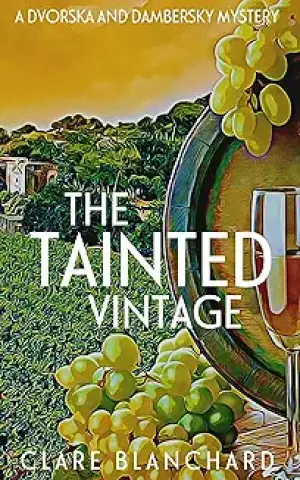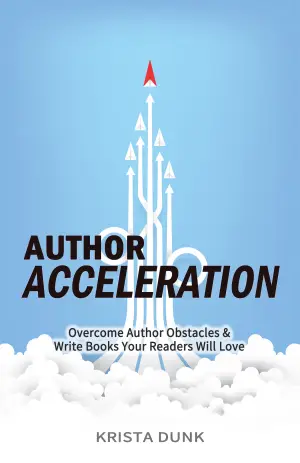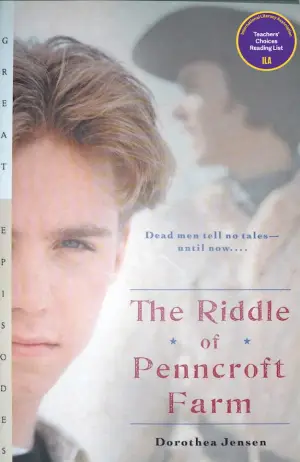Enigmatic Whispers: A Personal Journey Through The Witch’s Daughter
As I settled down with The Witch’s Daughter by Paula Brackston, I found myself intrigued not just by the book’s mystical premise but by the echo of words like "witch" and "magic" resonating through the pages. I’ve always been drawn to tales of enchantment, yet Brackston’s narrative surpasses mere sorcery; it’s a heartfelt exploration of love, loss, and the struggles of enduring centuries.
From the very first line, where Elizabeth Anne Hawksmith reveals herself as a 384-year-old witch, I was captivated. The boldness of her character—an immortal woman grappling with a tumultuous past while trying to embrace a quiet present—invited me to delve deeper. The story oscillates effortlessly between the haunting shadows of 1628 and the resonant echoes of modern-day England, creating a compelling tapestry of history and magic.
At its core, The Witch’s Daughter weaves themes of independence, the burden of legacy, and the essential need for connection. Bess Hawksmith’s journey from the trauma of losing her mother to the noose of a witch-hunt to her reclusive present day serves as a poignant reflection on the impacts of fear and ignorance. The recurring specter of Gideon Masters, her dark savior turned relentless pursuer, adds tension as Bess is continually haunted by choices made long ago. The dynamic between Bess and Tegan, her teenage apprentice, becomes a heartfelt mother-daughter relationship, showcasing Bess’s growth from a solitary figure to a nurturing guide.
Brackston’s writing is rich and evocative, drawing readers into the lush descriptions of both the chaotic 17th century and the quietude of modern life. While some may find moments slow-paced, I found those instances a welcome respite. They invited me to savor the settings, from the gory realities of a witch trial to the vibrant charm of farmers’ markets in contemporary Matravers. There’s a beautiful poeticism in her language that elevated moments of introspection, prompting me to pause and reflect.
Notable lines, such as Bess’s ruminations on the nature of magic and the heavy cost it incurs, resonated deeply. They underscore the narrative’s exploration of choice and consequence, inviting readers to ponder their own life’s chronicles. One can’t help but feel the weight of Bess’s secrets and her unwavering resolve to protect those she cares for.
As I closed the final pages, I couldn’t shake the mix of satisfaction and longing for more. If you enjoy historical fiction laced with a sprinkle of fantasy, complex relationships, and a protagonist who embodies both strength and vulnerability, The Witch’s Daughter will resonate. Readers who savor stories of transformation and the rich tapestry of human experience will undoubtedly find themselves enchanted by Bess’s journey.
In a world bounded by time and haunted by past choices, Brackston brilliantly captures the essence of what it means to be a witch—and a woman. I know I’ll return to Bess’s world, eager to explore the sequel, The Return of the Witch, as I hope it reveals more of her magic and heart.
You can find The Witch’s Daughter: A Novel (The Witch’s Daughter, 1) here >>







